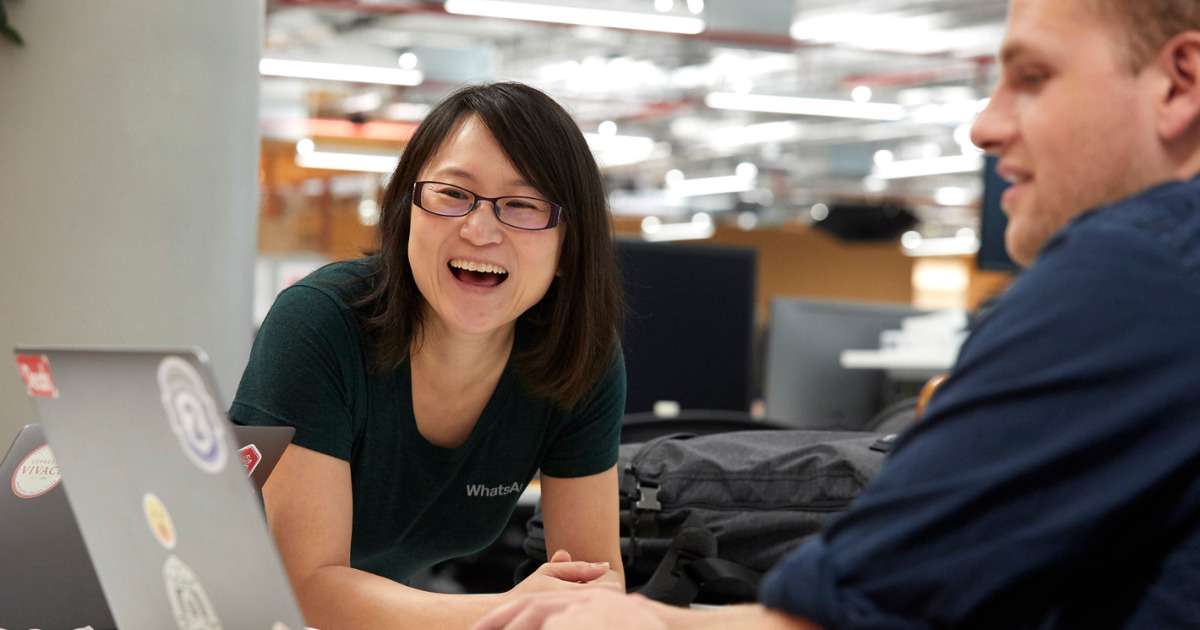If user experience reigns supreme, the role of a UX/UI Designer has grown increasingly critical. These designers are the architects of delightful, intuitive, and visually captivating interfaces that charm users. In this comprehensive guide, we’ll explore the profound importance of UX/UI Design, discover what makes an outstanding UX/UI Designer, and learn strategies to identify, hire, empower, motivate, and retain these vital team members for your SaaS company. By the end of this journey, you’ll be well-equipped to drive your software projects to excellence.
10+ Traits of a Top-Notch UX/UI Designer
Hard skills are the technical backbone of design, allowing designers to create functional and aesthetically pleasing interfaces. Soft skills facilitate teamwork and collaboration, ensuring that designers can effectively communicate with team members and translate ideas into practical designs. Together, these skills enable UX/UI Designers to create successful, user-centric designs.
To recognize a remarkable UX/UI Designer, it’s essential to focus on a combination of hard and soft skills, and understand why they matter. Let’s dive in, shall we?
How to Hire the Perfect UX/UI Designer for Your SaaS Team
Projections indicate growth in their global workforce, expected to rise from 1 million to 100 million by 2050 according to Nielsen. That said, hiring a top-notch UX/UI Designer involves a strategic approach:
- Define Specific Requirements: Start by clearly defining the specific expertise needed for your project, such as mobile app design, web design, or specific industry experience.
- Evaluate Portfolios: Assess candidates based on their portfolios and the relevance of their past projects, especially those within your industry.
- Cultural Fit Evaluation: Consider the candidate’s fit within your team’s culture, as collaboration is crucial for addressing UX/UI design challenges.
Empowering Your UX/UI Designer
In an increasingly digital world, user experience (UX) and user interface (UI) design will play a critical role in driving customer engagement and satisfaction. UX/UI designers will be responsible for creating intuitive and visually appealing interfaces, conducting user research and testing, and optimizing digital experiences across platforms and devices.
Empowering your UX/UI Designer is essential for their success:
- Set Clear Goals and Expectations: Define clear expectations, KPIs, and project goals. Ensure designers understand how their role contributes to the overall success of the project and the organization.
- Provide Access to Resources: Ensure that your designers have access to the necessary tools, software, and hardware to work effectively.
- Training and Development: Invest in ongoing training and skill development to keep designers updated with the latest design trends and technologies.
- Mentorship: Assign experienced mentors who can guide designers in their role and provide insights into the company culture and project specifics.
- Feedback and Performance Reviews: Conduct regular performance reviews and provide constructive feedback to help designers improve and grow.
- Challenging Projects: Assign projects that challenge their skills and allow for professional growth. Encourage them to explore new design methodologies and approaches.
Motivating, Engaging, and Retaining Your UX/UI Designer
If competition for talent is fierce, then motivating and retaining your UX/UI Designer becomes crucial:
- Open Communication: Maintain open and transparent communication. Encourage them to share their ideas, concerns, and feedback, and actively listen to their input.
- Team Collaboration: Foster a collaborative team environment by encouraging cross-functional collaboration. Create opportunities for UX/UI professionals to work with different teams.
- Involvement in Decision-Making: Include them in project-related decisions and planning. Their input on design choices can have a significant impact on project success.
- Invest in Well-Being: Offer well-being programs, such as stress management workshops, mental health support, and ergonomic workspace setups.
- Celebrate Milestones: Celebrate milestones, project completions, and team achievements. Organize team-building activities and events to promote a positive team culture.
- Retention Strategies: Implement strategies such as career path mapping and personalized development plans to ensure they are committed to their long-term goals within the organization.
In a world where user experience is king, a skilled UX/UI Designer is the architect behind captivating software interfaces. By understanding the role of UX/UI Design and following the strategies outlined in this guide, you can set your software projects on the path to excellence. Reach out to Ubiminds to discover how we can assist you in finding and empowering the finest UX/UI Designers for your projects.

International Marketing Leader, specialized in tech. Proud to have built marketing and business generation structures for some of the fastest-growing SaaS companies on both sides of the Atlantic (UK, DACH, Iberia, LatAm, and NorthAm). Big fan of motherhood, world music, marketing, and backpacking. A little bit nerdy too!






